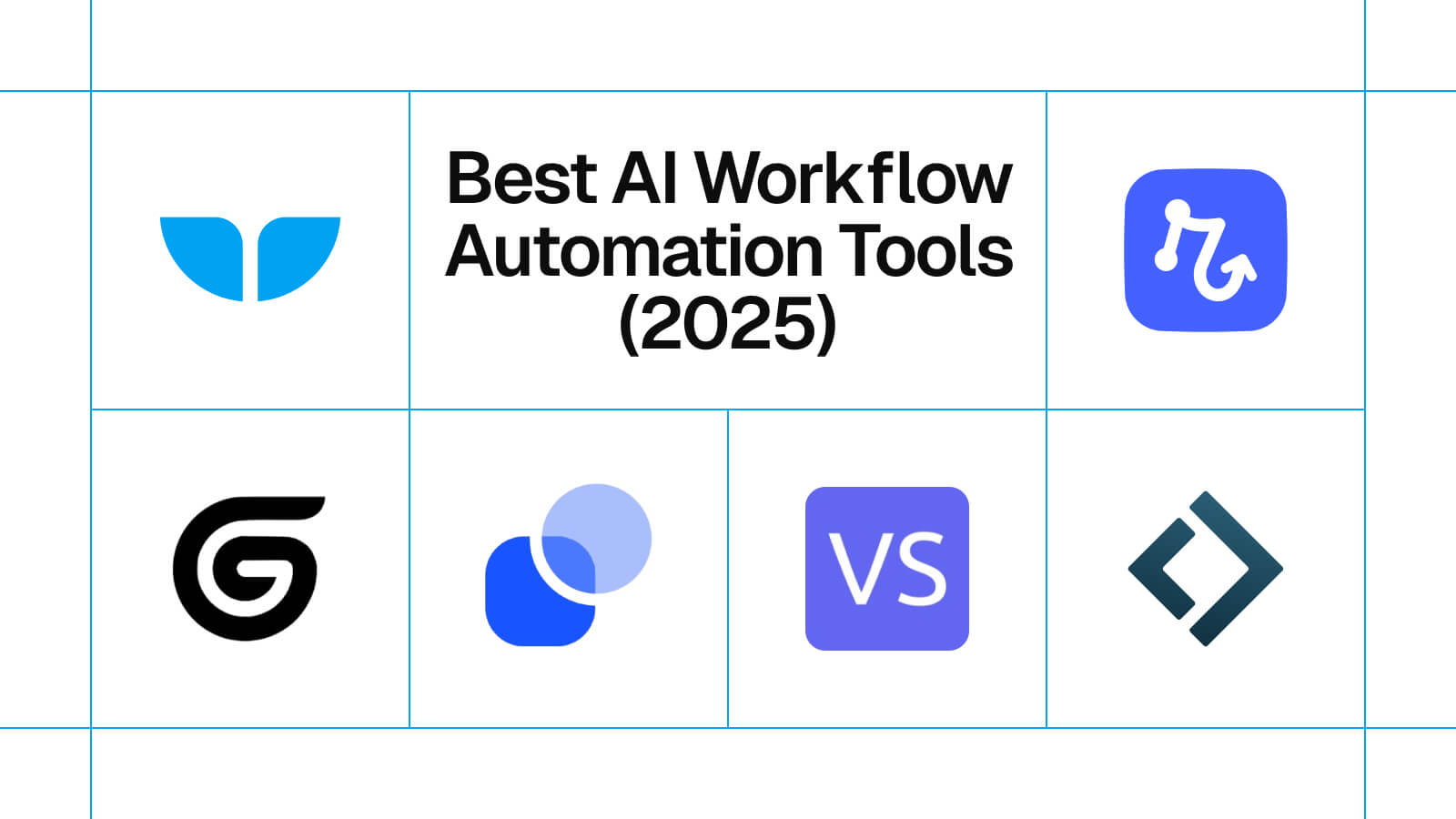Introduction
In today’s fast-paced world, managing multiple tasks efficiently has become a major challenge for professionals and teams alike. Modern workflows often involve juggling emails, meetings, content creation, project management, and repetitive tasks. This is where AI productivity apps 2025 come into play. By leveraging artificial intelligence, businesses and individuals can streamline tasks, automate routine processes, and focus on high-value activities.
AI apps serve as digital assistants, offering intelligent suggestions, automating repetitive tasks, and even generating creative content. Whether you are a freelancer, small business owner, or corporate professional, using the best AI apps for smarter workflows can dramatically increase efficiency, reduce errors, and save time. From AI writing assistants to workflow automation tools, these applications empower users to optimize both personal and team productivity.
Understanding how to integrate AI into daily workflows is crucial for maintaining a competitive edge in 2025. This guide will cover essential AI apps, tips for implementation, mistakes to avoid, and future trends in AI-powered workflow management.
Why AI Apps are Essential for Productivity
AI apps enhance productivity by improving efficiency, accuracy, and decision-making. They help automate repetitive tasks such as content drafting, scheduling, data entry, and transcription, freeing up time for strategic work. AI can also provide insights, predictive analytics, and smarter suggestions, enabling professionals to make better decisions faster.
For example, businesses use AI-enhanced workflows to generate reports, track project progress, and maintain communication across teams. Individuals benefit from AI apps for content creation, social media management, and personal productivity. By incorporating AI, tasks that once took hours can now be completed in minutes, significantly reducing workload and stress.
Criteria for Choosing the Right AI App
When selecting AI apps for productivity, consider these factors:
- Ease of Use: The interface should be intuitive and beginner-friendly.
- Integration: Compatibility with existing software and platforms is key for seamless workflows.
- Free vs Paid Versions: Start with free or trial options and upgrade for advanced features as needed.
- Platform Compatibility: Ensure the app works across devices—desktop, mobile, and cloud.
These criteria help users choose the best AI tools for workflow automation 2025 and ensure a smooth implementation into daily routines.
Top AI Apps for Smarter Workflows
1. ChatGPT
Use: Writing, idea generation, automation of repetitive tasks
ChatGPT is an AI writing assistant that generates high-quality content, automates emails, drafts reports, and helps with brainstorming ideas. It can reduce time spent on writing tasks and enhance productivity across multiple projects.
2. Notion AI
Use: Note-taking, project management, AI-assisted summaries
Notion AI helps organize notes, manage projects, and generate summaries automatically. Teams can collaborate efficiently, and individuals can optimize personal workflows with AI-enhanced task management.
3. Canva AI
Use: AI-assisted design, templates, social media content
Canva AI streamlines graphic design, providing templates, automated suggestions, and AI-generated visuals. It is perfect for marketing teams, content creators, and freelancers to speed up design tasks.
4. Zapier AI
Use: Workflow automation, app integrations
Zapier AI connects multiple apps, automates repetitive tasks, and synchronizes data across platforms. Businesses and freelancers can save time and reduce errors by automating routine workflows.
5. Otter.ai
Use: AI transcription for meetings, notes, and collaboration
Otter.ai transcribes meetings, interviews, and discussions in real time, creating searchable notes. This tool enhances team collaboration and ensures important information is easily accessible.
6. Trello + AI Features
Use: Project management, task automation, collaboration
Trello integrates AI features for smarter task management, automated reminders, and workflow optimization. It allows teams to track project progress, assign tasks, and collaborate efficiently.
Step-by-Step Guide to Implement AI Apps in Your Workflow
- Identify Repetitive Tasks and Pain Points: Determine which tasks consume the most time.
- Select the Right Combination of AI Apps: Choose apps that complement each other, such as ChatGPT for writing and Zapier for automation.
- Start Small and Integrate Gradually: Implement AI in one department or task first, then expand usage.
- Track Efficiency: Measure time saved, output quality, and workflow improvements.
Tips for Maximizing Productivity with AI Apps
- Combine Multiple AI Tools: Integrate writing, design, and automation tools for seamless workflows.
- Automate Repetitive Tasks: Use AI for scheduling, content generation, and data processing.
- Regularly Review AI Output for Quality: Ensure AI suggestions align with your goals and maintain accuracy.
These tips help teams and individuals maximize productivity with AI tools and fully leverage the potential of smart automation. Long-tail keywords: tips to use AI apps efficiently
Common Mistakes to Avoid
- Over-reliance on AI Without Human Input: Always review and personalize AI outputs.
- Choosing Too Many Tools: Too many apps can clutter workflows and reduce efficiency.
- Ignoring Updates and New AI Features: Staying updated ensures you benefit from improved capabilities.
Future of AI Apps in Workflow Management
The future of AI apps includes integration with IoT devices, predictive analytics, and AI-powered collaboration tools. These innovations will allow teams and individuals to anticipate needs, automate complex processes, and optimize decision-making. Professionals who adopt next-gen AI workflow tools 2025 can stay ahead in digital transformation and achieve smarter, more efficient workflows.
Conclusion
AI apps are revolutionizing productivity by streamlining workflows, automating tasks, and enhancing decision-making. Tools like ChatGPT, Notion AI, Canva AI, Zapier AI, Otter.ai, and Trello enable smarter work and higher efficiency. By selecting the right apps, implementing them gradually, and maximizing their features, individuals and teams can significantly improve their performance. Start adopting AI today to experience smarter workflows and productivity gains in 2025.
FAQs
1. Which AI apps are best for workflow automation?
ChatGPT, Notion AI, Zapier AI, and Trello are ideal for automating tasks and managing projects efficiently.
2. Can AI apps really improve productivity?
Yes, AI apps save time, reduce errors, and enhance decision-making, allowing professionals to focus on high-value work.
3. Are free AI productivity apps enough for professionals?
Free versions are suitable for basic workflows, but premium features offer advanced automation and integration options for larger teams.
